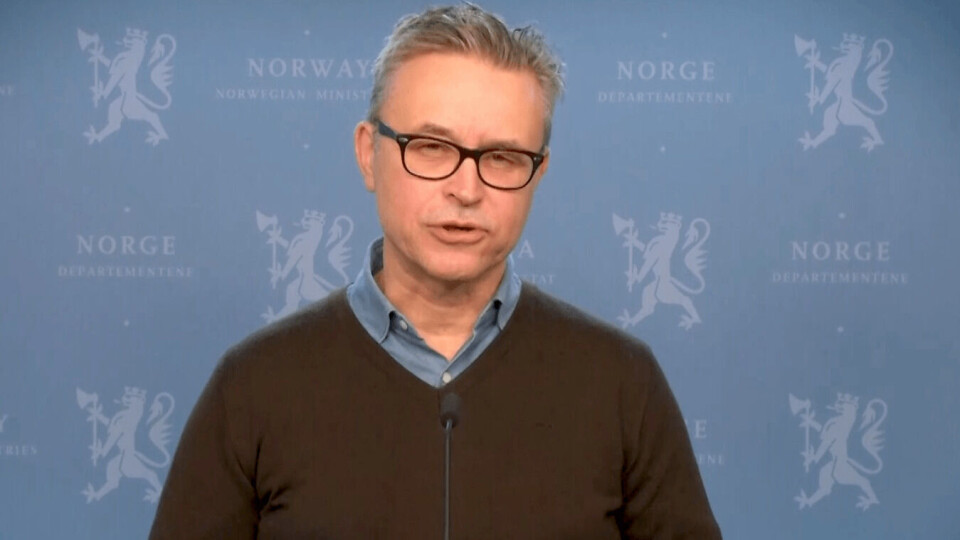
Salmon deaths too high says Norway fisheries minister
The number of salmon dying before harvest in Norwegian fish farms is “far too high”, largely due to lice treatments, the country’s fisheries minister, Odd Emil Ingebrigtsen has said.
The minister was commenting on Norway’s Fish Health Report, an annual status report for the health and welfare situation for fish based on official statistics, data from the Veterinary Institute and private laboratories, and a survey among actors in fish health and management.
The report for 2020 was presented today, and Ingebrigtsen was on video to say a few words in connection with the presentation. He said that he would not go into the actual findings of the report but expressed concern about a few things.
“Firstly, the mortality rate in Norwegian cages is far too high. This is largely due to the treatment of salmon lice,” said the minister. “At the same time, there are large geographical differences, which tells me that there is a room for opportunity. We must learn from the best. If we are to continue to be a leading salmon producer in the world, we must show that we have good fish health and welfare.”
ISA outbreaks
Ingebrigtsen is also concerned about a development in individual outbreaks of ISA across the country.
“We have a good monitoring system, and the outbreaks are quickly contained. But we must prevent the numbers of outbreaks from increasing, and we must always be at the forefront. The ambition going forward must be to reduce the number of outbreaks to a minimum. This will require an effort from the entire industry, but I think together we will be able to make it happen.”
Ingebrigtsen emphasised that the requirements for animal health will be tougher in the future, something everyone must prepare for.
“The new animal health regulation is clear that disease prevention is important. We have been aware of this since the first fish vaccines were developed in the 1980s. Still, we have a way to go when it comes to reducing disease in the cages,” he concluded.

52 million fish deaths
This year’s report revealed that more than 52 million farmed fish died before harvest in 2020, nearly as many as the record high of 53 million in 2019 when algal blooms in Nordland and Troms resulted in 8 million extra deaths.
“Although many in the industry make a great effort, the situation with disease, lice and mortality hasn’t improved at the national level,” said the report’s editor, Ingunn Sommerset, head of fish health at the Veterinary Institute.
“The explanation probably lies in an interplay of negative effects of required lice treatments and infectious diseases, which have existed in the industry for a long time.”
Infectious salmon anaemia (ISA), pancreas disease (PD) and cardiomyopathy syndrome (CMS) were all widespread in Norwegian fish farms in 2020. In addition, there has been a new bacterial disease (pasteurellosis) which seems to have gained a foothold in Western Norway in the last three years.
‘We must think new’
“When the regime we have does not give the desired results in terms of improving disease and welfare, we must think new, and do something else,” said Edgar Brun, director of the Veterinary Institute’s Department of Aquatic Animal Health and Welfare.
“We can do more to reduce infection contact between geographical areas, try to eradicate or reduce the disease burden and consider strategic measures to reduce the need for lice treatments.
“Ongoing work to get a better national overview of what the fish actually die of is an important measure. Research, administration and the industry itself are engaged in this now, and here we will be able to gain knowledge that can provide a basis for targeted measures.”




















































